Hello Again! I saw a few birds on a recent trip to Tadoussac (Quebec, along St. Lawrence & Saguenay rivers), and here are four that I can't ID. I have 2 pics of each bird. Here are my thoughts:
1. Big Black Bird: Double Crested Cormorant?
2. Brown Bird: Spotted Sandpiper?
3. Grey Bird (a fair bit of white also): ???
4. Small Black Bird: Looks like a crow but I assume it is something else?
I know the pictures aren't great and some of the birds are far away, but it's the best I could do. I'm hoping some of you might be able to ID a few of them. Thanks!
1. Big Black Bird: Double Crested Cormorant?
2. Brown Bird: Spotted Sandpiper?
3. Grey Bird (a fair bit of white also): ???
4. Small Black Bird: Looks like a crow but I assume it is something else?
I know the pictures aren't great and some of the birds are far away, but it's the best I could do. I'm hoping some of you might be able to ID a few of them. Thanks!
Attachments
-
 Big Black Bird 1.JPG1.5 MB · Views: 60
Big Black Bird 1.JPG1.5 MB · Views: 60 -
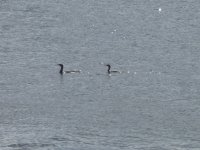 Big Black Bird 2.JPG1.5 MB · Views: 66
Big Black Bird 2.JPG1.5 MB · Views: 66 -
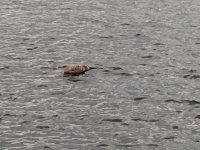 Brown Bird 1.jpg600.9 KB · Views: 67
Brown Bird 1.jpg600.9 KB · Views: 67 -
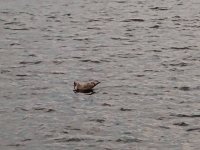 Brown Bird 2.jpg523.4 KB · Views: 65
Brown Bird 2.jpg523.4 KB · Views: 65 -
 Grey Bird 1.JPG1.1 MB · Views: 58
Grey Bird 1.JPG1.1 MB · Views: 58 -
 Grey Bird 2.JPG1.1 MB · Views: 60
Grey Bird 2.JPG1.1 MB · Views: 60 -
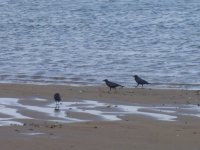 Small Black Bird 1.JPG1.5 MB · Views: 56
Small Black Bird 1.JPG1.5 MB · Views: 56 -
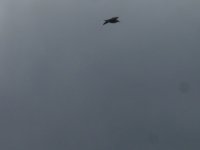 Small Black Bird 2.JPG928 KB · Views: 58
Small Black Bird 2.JPG928 KB · Views: 58





